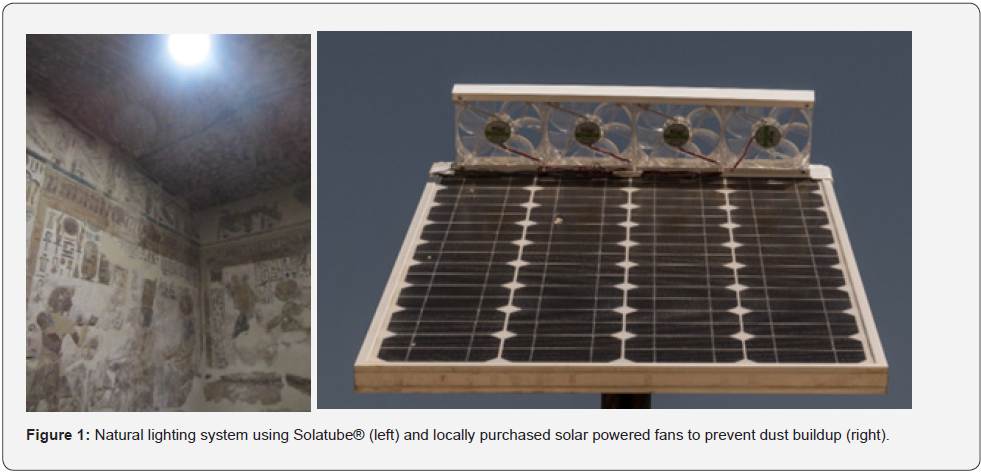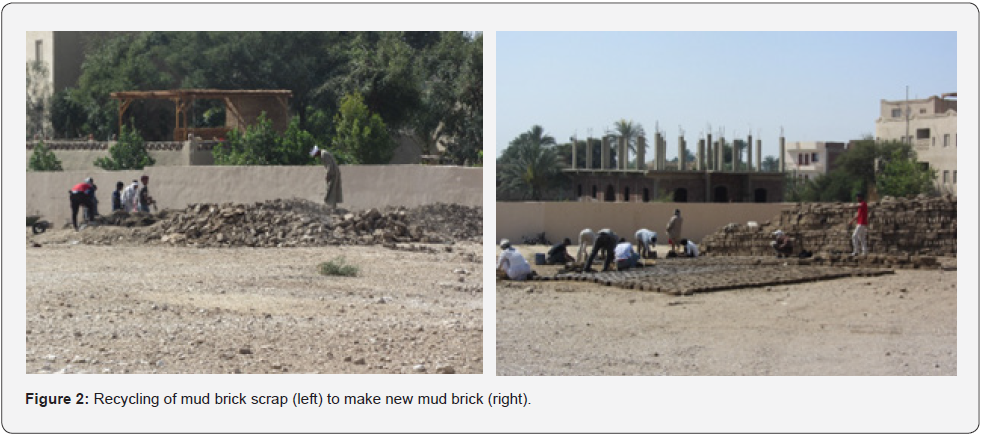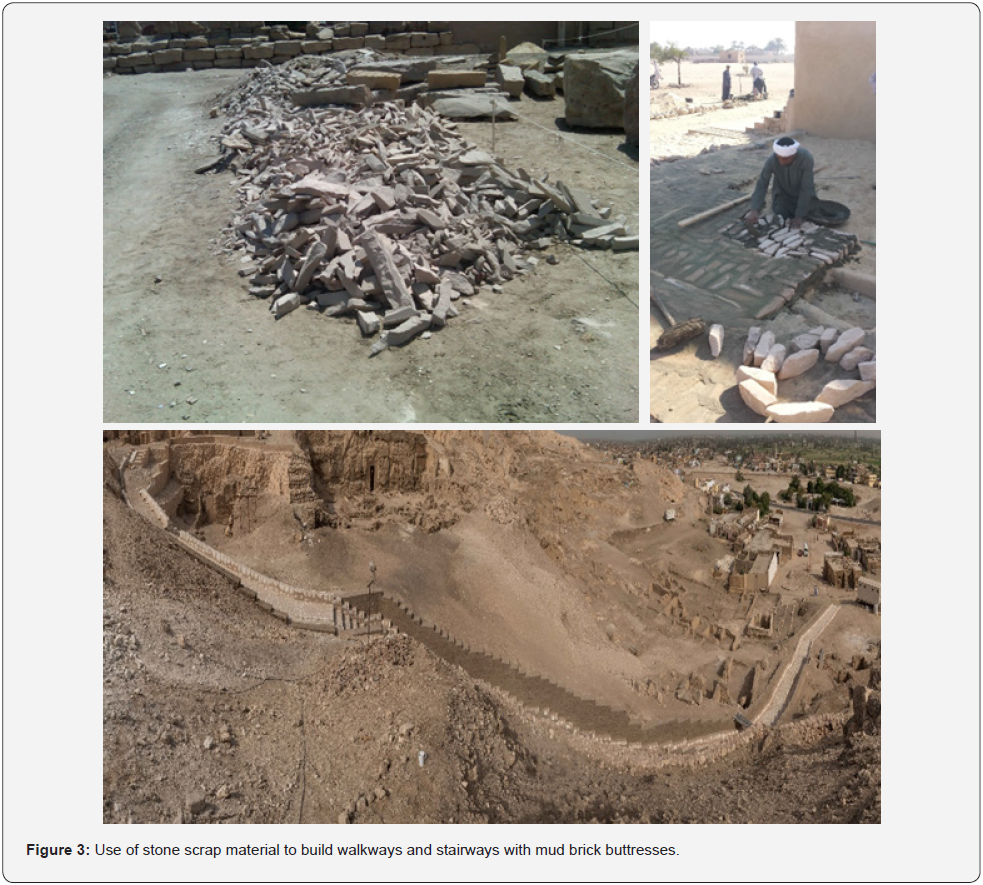Utilizing Available in-Country Technology in Developing Countries
John Shearman*
Adam Shearman, VP Operations and Development, Inc. – U.S.A.
Submission: September 22, 2022; Published: September 30, 2022
*Corresponding author: John Shearman, VP Operations and Development – Adam Shearman, Inc., USA
How to cite this article: John S. Utilizing Available in-Country Technology in Developing Countries. Eng Technol Open Acc. 2022; 4(3): 555636. DOI: 10.19080/ETOAJ.2022.04.555636
Abstract
Developed countries working in developing countries should not only design utilizing in-country available technology but should also be aware of the cultural habits of the local area. This takes an unconventional or a new perspective way of thinking when designing structures or improvements to specific areas. Several factors must be addressed when planning and implementing projects. The author’s personal experience regarding this issue is shared with the observation of what has worked and failed in the past when working on heritage sites, however; this issue can be applied to any project whether supported by a developed country or in-country funding.
Keywords:Developing Country; Maintenance; Infrastructure; Recycling; Sustainability; Local Suppliers; Local Community
Opinion
Architects, engineers, and designers have decisions to make when focusing on a project in developing countries. Often times, new technology that is not available in the developing country is specified in order to provide the client with the best performing item without the thought of maintenance and sustainability. In this case, cultural local habit factors should be assessed in order to provide the community and visitors a sustainable outcome that appeases all stakeholders. Several examples reinforce this point.
Maintenance is a major factor in determining what materials and equipment to use in a project. It has been shown in many cases that a product will be imported, not maintained, and eventually fail leaving the client to deal with an imported item to replace or find an equal product that will replace the import easily. When specifying a product, the questions arises “will it be maintained”? This is why the specification of in-country technology, materials, and equipment, is important. If an in-country product can be used, even if it is inferior to the imported product, then it can easily be replaced. The ultimate procedure would be to implement an alternate design that may cost more in the short run but would improve sustainability in the long run. The design factor of equipment and material equally applies to the available labor and the skills they possess.
Existing infrastructure is a challenging aspect to consider. Local characteristics of the area (e.g., weather, security, accessibility, landscape, etc.) should be factored when determining the product that will provide a sustainable solution. If a structure is in an area with no electricity for example, the use of applied technology is necessary. Solar or wind power could be used dependent on the location and weather. Interior lighting can be solved during the day utilizing a Solatube® natural lighting product (or similar) or photovoltaic solar panels. At night, batteries that would be recharged during the day, could be used for lighting rather than a high maintenance generator. Motion sensors could also be used to reduce electricity use. The lack of infrastructure also is connected to the maintenance factor. For example, if solar panels are not cleaned frequently, they will diminish the power output and will eventually fail. Coating the panel with a polymer so dust cannot collect accompanied with locally purchased small solar powered fans connected to the panel have been used to prevent dust buildup. If panels are used in a structure that will be occupied, a water jet system can be installed with a timer to automatically rinse off the panels during a specific time.
Recycling and use of local natural materials is an option that can be used in many instances. Scrap materials such as old mud brick or stone pieces have been used to create new mud brick and stone paving. Natural aggregate from a site can be sieved and used to pave an area. Natural local clays can be used in waterproofing and in conservation activities. Many times, on-site material experiments and off-site material testing is necessary to determine the long-range durability and properties of a product, especially combinations and mixtures of materials.
Manpower is an excellent option in avoiding heavy equipment usage, especially around historic sites. Large stones can be moved by skilled workers as this has been performed since ancient times. This makes sense when working with a local community where the project can provide employment and enhance skills (Figures 1-4).


Many times, equipment and materials are not accessible in-country. The last resort would be to purchase an imported product. There is another option used that has solved this issue in many cases. Suppliers can be encouraged to supply specific or equal products if there will be long term need in the designated country. Local fabricators and manufacturers can many times adjust their process to accommodate specific needs. An example was encountered during a conservation/restoration project. A product known as Japanese Paper is used while applying poultices on wall paintings, however; it was not available in the designated country. While working with local suppliers to provide this specific product, management was able to work with a local paper company to provide a tissue that contained no perfume or harmful chemicals. The project was able to proceed with no conservation ill effects or delays.

Conclusion
This opinion paper outlines a basic argument for alternative thinking for architects, engineers and designers when working in developing countries. This is not excluding project planners, managers, and other individuals to participate in the same problem-solving activity. It summarizes a few solutions to provide the reader some thought in creating unconventional perspectives to solve the lack of easily obtainable equipment, material, and skilled labor especially when working in developing countries. The goals should include solutions that focus on sustainability while as the same time providing benefits to the local community.
Conflict of Interest
I declare that there is no economic interest or any conflict of interest that exists.






























